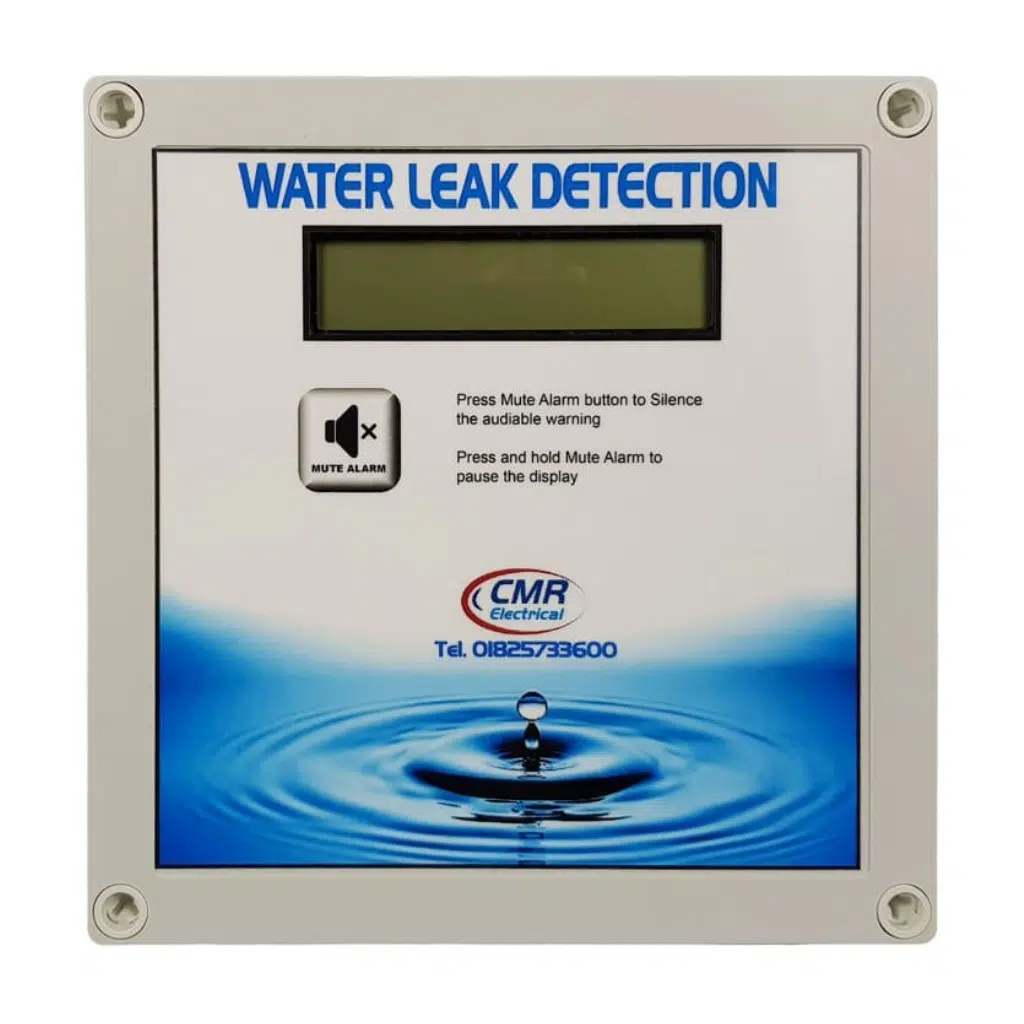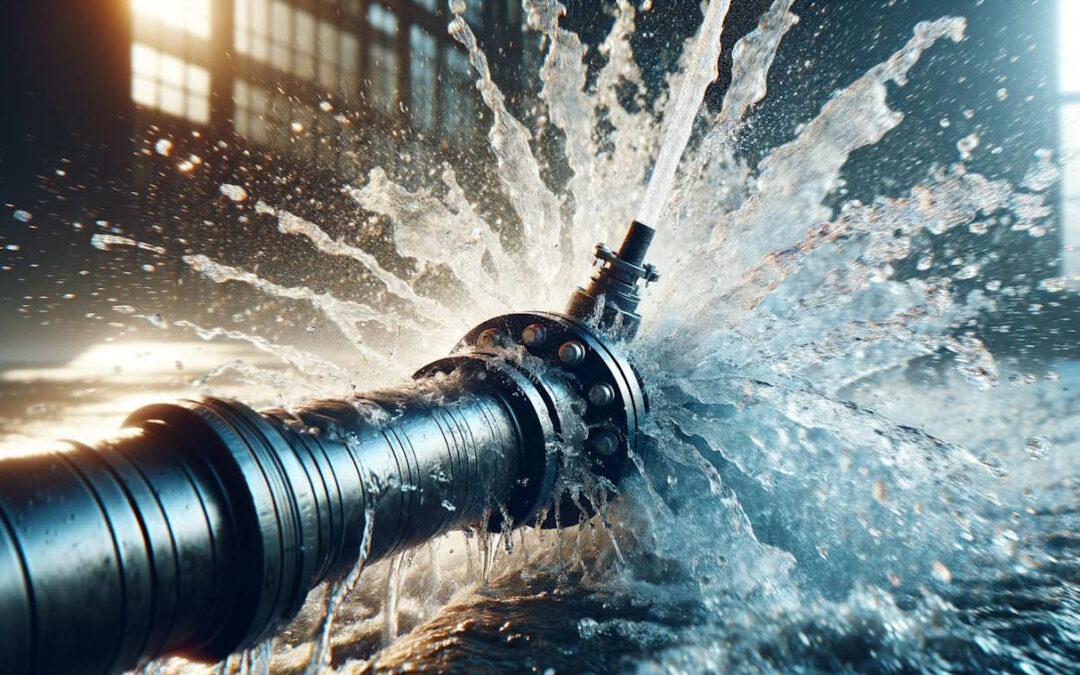Specialist Water Leak Detection Providers: Protect Your Home from Costly Damage
Specialist Water Leak Detection Providers: Protect Your Home from Costly Damage
Blog Article
Innovative Solutions for Early Discovery of Water Leakages in Structures and Infrastructure
As the stability of structures and facilities is critical, the obstacle of very early detection of water leakages has actually stimulated innovative solutions that assure to reinvent the way we secure versus possible problems. From innovative leakage detection technologies to the release of IoT sensing units for real-time monitoring, the landscape of leakage avoidance is advancing swiftly. Artificial intelligence formulas provide a peek right into the future of leak prediction, while thermal imaging provides a non-intrusive method for identifying covert leakages. Automated water flow evaluation systems are improving how leaks are determined and resolved, paving the method for an aggressive technique to water leakage discovery. Each of these remedies holds the crucial to making certain the integrity and durability of our constructed environment, triggering a shift towards an extra lasting and effective future.
Advanced Leakage Detection Technologies
Advanced leakage discovery innovations, furnished with cutting-edge sensing units and formulas, play a crucial duty in promptly recognizing and identifying water leaks in different setups. These modern technologies utilize a combination of acoustic, thermal, and electromagnetic noticing techniques to identify leaks properly. Acoustic sensors find the audio of getting away water, allowing for exact localization of the leakage resource. Thermal imaging finds temperature level adjustments triggered by water leakage, providing an additional efficient technique for leak recognition. Electro-magnetic sensing units can identify adjustments in magnetic fields triggered by water, using yet one more layer of leakage detection capability.

IoT Sensors for Real-Time Tracking
In the world of modern-day water leak detection, the combination of IoT sensing units for real-time monitoring represents an essential development in enhancing proactive leak discovery capacities. These sensors offer continual surveillance of water systems, giving real-time information on water flow prices, stress variations, and temperature changes. By leveraging IoT technology, these sensors can identify also the smallest abnormalities in water use patterns, enabling early recognition of potential leakages before they escalate into major concerns.
IoT sensors transmit information to a central system, where sophisticated formulas examine the details and create alerts or notifications when abnormalities are spotted. This real-time tracking capacity enables homeowner or facility supervisors to without delay address leakages, reducing water damage, reducing repair prices, and conserving water resources.
Additionally, IoT sensing units can be incorporated with structure administration systems, enabling computerized feedbacks to identified leakages, such as shutting off water valves or activating pumps to mitigate the influence of leakages. On the whole, the execution of IoT sensing units for real-time monitoring substantially enhances the effectiveness and performance of water leakage discovery in buildings and framework.
Machine Discovering Algorithms for Leakage Prediction

One key advantage of using artificial intelligence for leakage forecast is its capability to constantly find out and enhance its helpful resources precision in time. As more information is collected and fed into the algorithm, it can improve its forecasts and adapt to changing problems, ultimately boosting the reliability of leakage discovery systems.
Furthermore, maker understanding algorithms can aid in recognizing subtle indicators of leaks that may go unnoticed by standard tracking approaches. water leak detection. By evaluating complicated data collections in real-time, these algorithms can offer early warnings and alerts, enabling for prompt intervention and precautionary upkeep to reduce possible water damages and connected prices
Making Use Of Thermal Imaging for Leak Detection
Thermal imaging modern technology provides a promising technique for discovering water leakages in different systems and facilities. By using infrared radiation and temperature variations, thermal imaging cameras can determine surprise leakages that are not quickly noticeable to the naked eye.
Among the essential benefits of thermal imaging for leak detection is its non-intrusive nature. Unlike standard techniques that may call for burglarizing wall surfaces or floorings to find leakages, thermal imaging allows for non-destructive testing. This not only saves time and decreases expenses yet also lessens disruption to the building or infrastructure being examined. Furthermore, thermal imaging can rapidly scan large locations, offering a detailed overview of prospective leak check my source sources in a prompt manner. Generally, making use of thermal imaging innovation enhances the efficiency and precision of water leakage discovery, making it an important device for keeping the integrity of buildings and facilities.
Automated Water Flow Evaluation Systems
How can automated water circulation evaluation systems change the discovery and management of leakages in numerous systems and frameworks? Automated water flow analysis systems use a proactive approach to leak detection by constantly keeping track of water flow rates and patterns. By establishing standard information, these systems can promptly recognize deviations that might indicate a leakage, enabling punctual treatment to stop comprehensive damage.
These systems utilize advanced formulas to examine real-time data and offer instant notifies when anomalies are identified, enabling speedy action to be taken. Furthermore, automated water circulation analysis systems can be integrated with structure management systems or IoT platforms, boosting general efficiency and enabling remote surveillance capacities.
Furthermore, the data collected by these systems my sources can be made use of for anticipating maintenance functions, assisting to recognize prospective powerlessness in the facilities prior to leaks take place. Generally, the implementation of automated water circulation evaluation systems can dramatically boost leak discovery and administration methods, ultimately causing set you back savings, lowered water waste, and enhanced sustainability in buildings and facilities.

Final Thought
Finally, the integration of advanced leak discovery innovations, IoT sensors, equipment learning formulas, thermal imaging, and computerized water circulation evaluation systems provides innovative options for early discovery of water leaks in buildings and facilities. These innovations allow real-time monitoring, prediction of leaks, and effective discovery techniques to stop water damage and wastage. Implementing these solutions can aid in maintaining the stability and sustainability of water systems in different setups.
Report this page